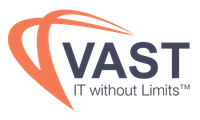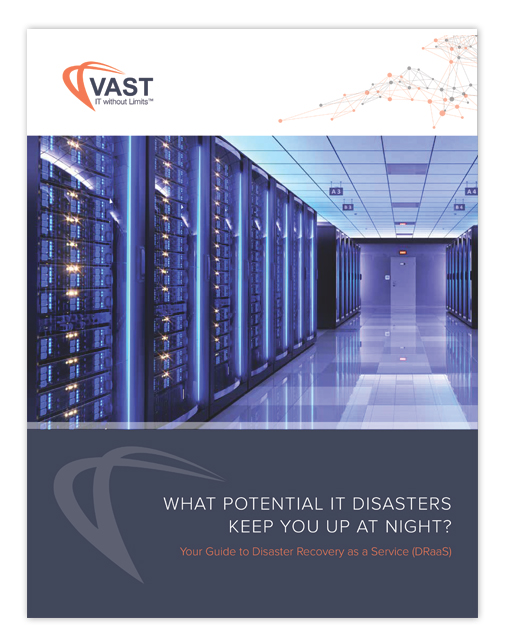Data is an extremely valuable commodity in today’s business landscape. Organizations must manage their data resources effectively to derive the maximum value from these assets. Companies that fail to take this responsibility seriously risk unnecessarily damaging their businesses.
Decision-makers must address two specific aspects of data management to safeguard corporate and customer information. Data governance practices apply to all of an organization’s data holdings. Regulatory compliance addresses meeting data privacy and security standards to protect certain types of sensitive customer data.
This post investigates cloud management’s impact on a company’s ability to maintain effective data governance and regulatory compliance. We’ll begin with a quick overview of governance and compliance and why they are vitally important to modern organizations. Then, we discuss how cloud environments and their management affect compliance and governance. Finally, we focus on how companies can achieve the visibility into data resources necessary to meet governance and compliance goals.
What is Data Governance?
Data governance is an organization’s framework for managing data resources over their entire lifecycle. It is a set of practices, policies, and standards a company adopts to ensure all stakeholders use data assets accurately, consistently, and securely. Practices may include defining roles to guide governance initiatives across the company.
Governance is crucial for providing trustworthy data to support enhanced decision-making. Companies can improve operational efficiency, reduce risks, and support regulatory compliance with effective data governance. Data governance includes the following key components.
- Data quality – Governance strives to ensure accurate, reliable, and complete data availability.
- Policies and standards – Organizations must develop rules for how stakeholders collect, store, access, and use these quality data resources.
- Security and privacy – Data must be protected from unauthorized access to ensure its security and privacy. Teams may define stricter policies regarding the handling of sensitive regulated data.
- Lifecycle management – Companies must handle data appropriately according to their policies across its lifecycle, including creation, retention, and deletion.
- Defining roles – Decision-makers should assign individuals to manage data assets and drive governance activities. Teams must identify data owners who are responsible for specific resources.
What is Regulatory Compliance?
Regulatory compliance is a company’s responsibility to meet data security and privacy guidelines defined by external entities such as governments, industries, and consumer protection groups. Companies must comply with these regulations to avoid legal and financial penalties. Organizations can enhance customer trust and improve risk management with effective compliance measures.
While internal policies drive data governance, regulatory compliance requires companies to follow external rules. Regulations are based on an organization’s industry as well as the location of the business and its customers. Examples of industry-specific regulations are PCI-DSS for payment card security and HIPAA to protect the healthcare data of US citizens. Companies with a European Union presence or customer base need to follow GDPR to safeguard data privacy.
Companies must follow defined backup, retention, access, and availability rules to maintain compliance. They need to document their activities and submit reports to demonstrate meeting compliance standards. Data breaches may impact sensitive personal information and must be reported to regulatory bodies immediately.
How Cloud Management Affects Governance and Compliance
Cloud technologies have dramatically influenced how organizations handle their data resources. Companies leveraging the cloud face new methods of storing and accessing data. Cloud services can present businesses with additional complexity regarding their data governance and regulatory compliance standing.
The following are some ways cloud data management affects the effectiveness of governance and compliance efforts.
Data security and privacy
Customers and their cloud service providers (CSPs) share responsibility for ensuring data security and privacy. The degree of responsibility varies with the cloud delivery model, but in all cases, the customer is responsible for ensuring data meets governance policies and compliance regulations. Cloud service customers need to fully understand their role in protecting sensitive data.
Many CSPs offer services designed to comply with regulatory standards. Businesses can minimize the challenges of governance and compliance by utilizing these services. A key factor in protecting sensitive data is understanding where it is stored and processed in the environment. The bottom line is that the customer is responsible for compliance and must verify that they use the right cloud solutions.
Data accessibility versus control
Organizations achieve improved data accessibility with cloud services. Teams can easily collaborate and share information anywhere with an internet connection. Companies can benefit from the accessibility with greater operational efficiency, but there are potential challenges to address.
It can be difficult for a company to maintain governance and compliance without taking additional measures to control data access. Businesses must implement strong controls to support aspects of governance, like data ownership and ensuring accuracy. Companies should guard against data sprawl via classification and lifecycle management polices to avoid unnecessary retention.
Vendor lock-in
Customers need to be wary of relying on a single provider that may not continue to meet evolving regulatory standards. Companies should develop governance policies using portable data formats to migrate to a new provider easily. Businesses may consider a multi-cloud infrastructure to avoid vendor lock-in further.
Leveraging cloud management tools
Companies can streamline data governance and compliance efforts with cloud automation, auditing, and reporting tools. Automation reduces human error and ensures consistent governance through real-time policy enforcement and anomaly detection. Many CSPs offer customers tools like dashboards and audit logs to support compliance.
Visibility: A Critical Requirement for Data Governance and Compliance
Companies need visibility into their entire digital estate to support effective governance and compliance. Organizations cannot manage data efficiently with limited visibility. Teams can be challenged to achieve visibility in the complex environments that many modern businesses favor. VAST View is our cloud management tool that provides visibility to support your company’s data governance and compliance processes.
Organizations may be overwhelmed with implementing data governance and regulatory compliance. VAST offers information governance services that work with your company to exercise the right level of control to protect data resources while maintaining operational efficiency.
Get in touch with our experts to learn how VAST can help your company successfully address the challenges of data governance and regulatory compliance in the cloud.



